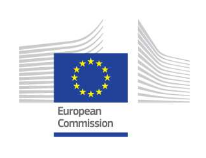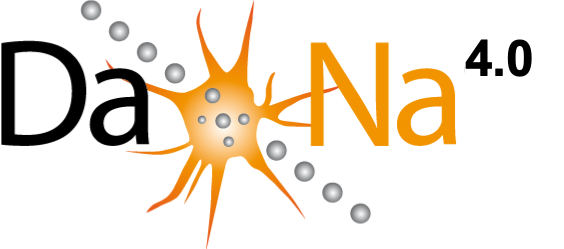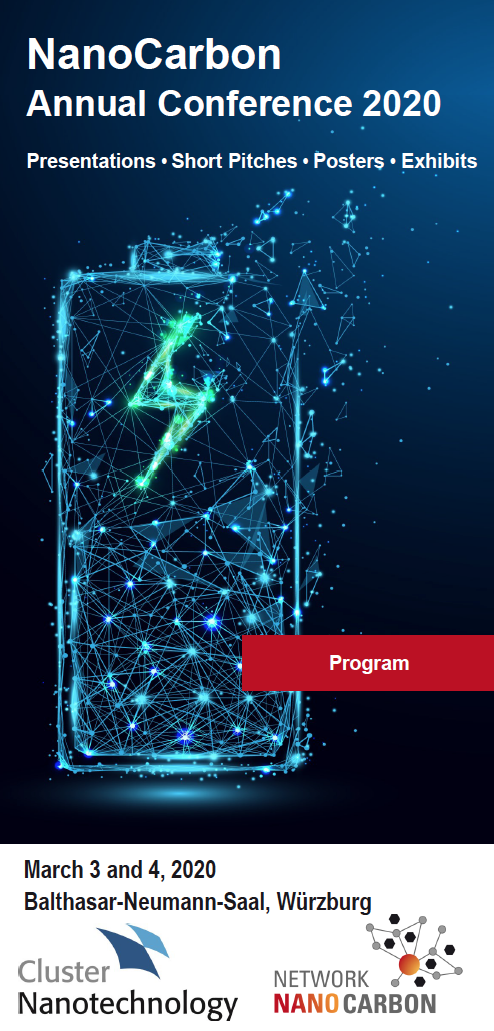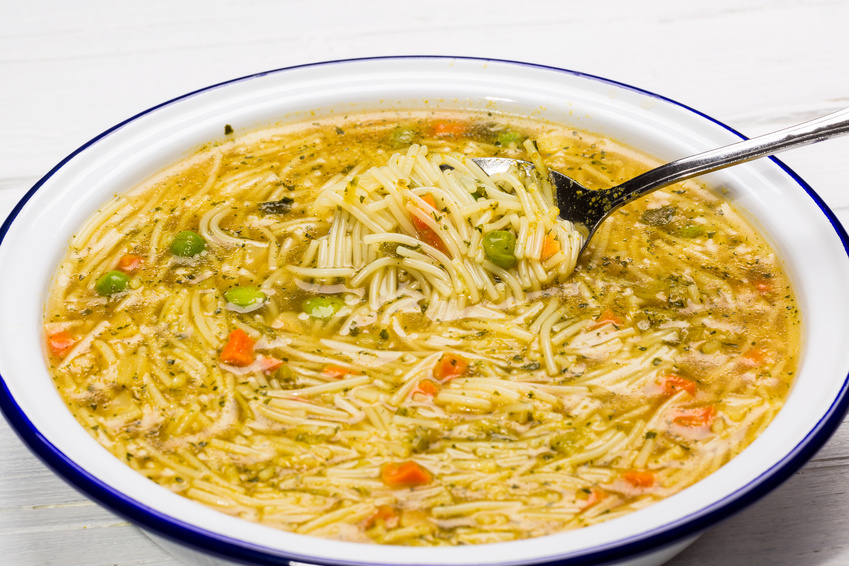 >
EU regulation – nano in safety data sheets
>
EU regulation – nano in safety data sheets

EU regulation – nano in safety data sheets
COMMISSION REGULATION (EU) 2020/878 of 18 June 2020
Amending Annex II to Regulation (EC) No 1907/2006 of the European Parliament and of the Council on the Registration, Evaluation, Authorisation and Restriction of Chemicals (REACH)
… Regulation (EU) 2018/1881 introduces specific requirements for substances with nanoforms …
From the REQUIREMENTS FOR THE PRODUCTION OF THE SAFETY DATA SHEET
Each relevant section of the safety data sheet shall indicate whether it applies to nanoforms and, if so, for which different nanoforms; the relevant safety information shall be assigned to the relevant nanoforms. As indicated in Annex VI, the term “nanoform” refers to a single nanoform or to a category of similar nanoforms.
…
From 1 January 2020, Commission Regulation (EU) 2018/1881(2) amending Annexes I, III, VI, VII, VIII, IX, X, XI and XII to Regulation (EC) No 1907/2006 will apply. Regulation (EU) 2018/1881 introduces specific requirements for nanoform substances. Since information on those requirements is to be included in the safety data sheets, Annex II to Regulation (EC) No 1907/2006 should be amended accordingly.
…
The full text of the Regulation can be found here: https://eur-lex.europa.eu/legal-content/DE/TXT/?uri=uriserv%3AOJ.L_.2020.203.01.0028.01.ENG&toc=OJ%3AL%3A2020%3A203%3ATOC

TRGS 527 Activities with nanomaterials
The German Federal Institute for Occupational Safety and Health (BAuA) publishes Technical Rule for Hazardous Substances on activities involving nanomaterials.
The Technical Rules for Hazardous Substances (TRGS) reflect the state of technology, occu-pational medicine and occupational hygiene as well as other verified scientific knowledge for activities involving hazardous substances including their classification and labelling.
The TRGS 527 Activities involving nanomaterials can be found here:
https://www.baua.de/EN/Service/Legislative-texts-and-technical-rules/Rules/TRGS/TRGS-527.html
TRGS 527 Activities with nanomaterials
Technical Rule for Hazardous Substances
Version: January 2020
GMBl 2020 p. 102-118 [No. 6] (19.02.2020) (inofficial version; mandatory is the current German version)

DaNa2.0 becomes DaNa4.0
After a successful closing of the DaNa2.0 project in December 2019 DaNa4.0 will start on 01.03.2020:
Data on new, innovative and safe application related materials
DaNa4.0 – Data on new, innovative and safe application related materials is a science communication project dealing with the safety of novel materials. The project deals with questions whether certain materials could be harmful to humans and/or the environment or whether and how humans and the environment could come into contact with these materials. Complex, toxicological questions from current materials research will be presented in a way that is generally understandable to non-scientists (interested consumers, journalists, politicians, NGOs etc.). These topics are communicated via the website www.nanoobjects.info, brochures and information flyers in an interdisciplinary approach with scientists from human toxicology, ecotoxicology, biology, physics and chemistry.

The project consortium consists of the partners: Dechema (coordinator), KIT, UFZ, NanoCASE
The German Federal Ministry of Education and Research (BMBF) is funding DaNa4.0 for three years as part of the funding initiative “NanoCare4.0 – Reliable material innovations”.
You will find further information on our website www.nanoobjects.info soon.

Cluster Nanotechnology: NanoCarbon Annual Conference 2020, March, 3 – 4 in Würzburg, Germany
The Cluster Nanotechnology and the network NanoCarbon (www.nanocarbon.net) – managed by the cluster – invite the interested nanocarbon community to the 6th NanoCarbon Annual Conference to be held in Würzburg, Germany from March 3 – 4, 2020.
In the open network NanoCarbon, national and international players in the field of carbon nanomaterials (material and equipment manufacturers, research institutes and users in the industry) collaborate aiming at the development of innovative and marketable nanocarbon products.
The conference offers an ideal platform for exchanging results and ideas and for the stimulation of projects. The expert forum for technical innovative and commercial activities in the field of carbon nanomaterials (e.g. CNT, graphene and nano-diamond) in Germany and beyond addresses particularly delegates from industry who want to get informed on latest trends and technologies in the field of carbon nanomaterials and who are seeking for project partners. Last year, participants from 10 different countries discussed new applications and process technologies for carbon nanomaterials.
The focus topics 2020 are
- Energy storage
- Compounds and composites, processing
- Smart living
- Work safety, recycling, end of life strategies
- New applications
Participants can expect an informative series of presentations, which has been made up from numerous contributions. The conference program will be completed by a poster session with poster award and by an accompanying exhibition.
Posters can be submitted until January 31st and the registration for the accompanying exhibition is also possible until January 31st.
A wine tasting at the Staatlicher Hofkeller Würzburg (https://www.hofkeller.de/) provides room for networking and affords the opportunity for the participants to establish new contacts.
Further informationen/online registration: http://carbon2020.nano.bayern
Venue: Balthasar-Neumann-Saal (LGA), Dreikronenstraße 31, 97082 Würzburg/Germany.
Contact: Sonja Pfeuffer (Phone: +49 931 31 89372; Email: Sonja.Pfeuffer@nanoinitiative-bayern.de).

New DaNa article is now available: Nanomaterials in Food
Food may contain additives based on nanomaterials. These food additives alter various properties such as appearance, taste or shelf life. They are also used to encapsulate trace substances, which increases the stability of the coated compounds.
Which nanomaterials are currently found in food? What is the legal framework for the use of nanomaterials? Are there health concerns regarding added nanoparticles?
These questions are answered in the new DaNa article “Nanomaterials in Food” in the cross-cutting section.